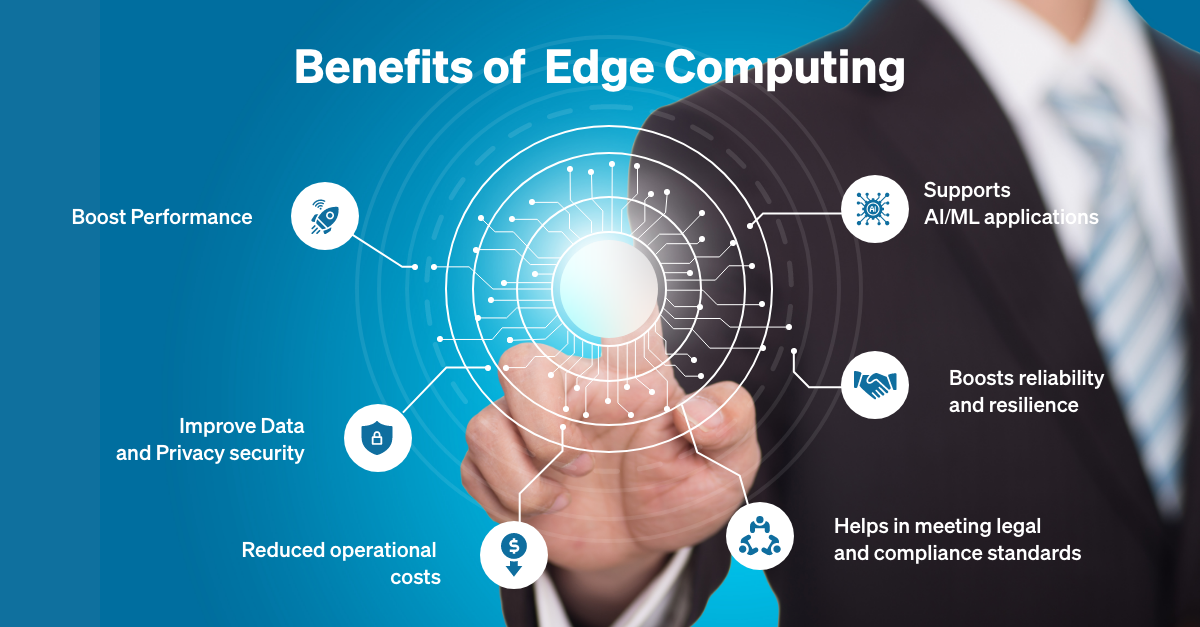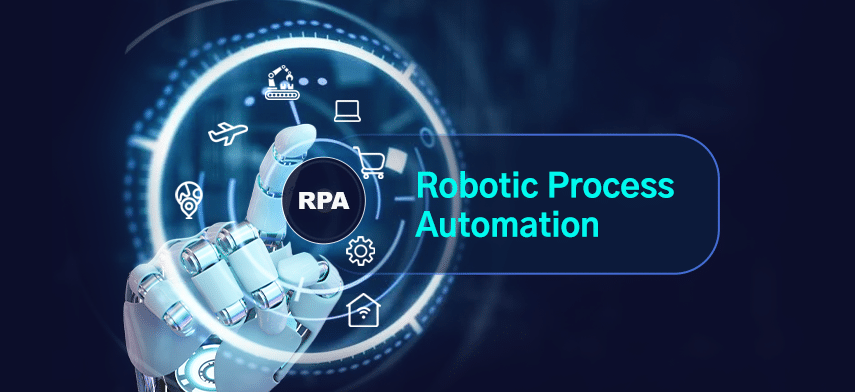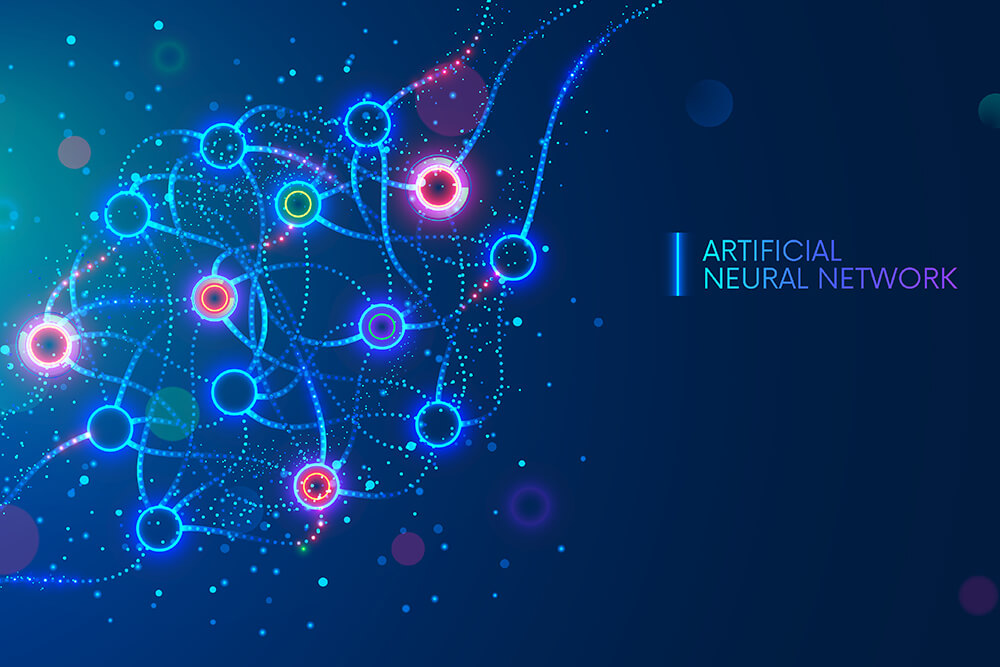In the era of digital transformation, edge computing has emerged as a pivotal technology in enhancing data processing and reducing latency. As the demand for real-time data processing and instantaneous response continues to grow across various sectors, traditional centralized cloud computing models often struggle to meet these needs efficiently. Edge computing addresses these challenges by bringing computation and data storage closer to the data source, thus significantly reducing latency and improving performance. This article delves into the benefits of edge computing for latency reduction and explores how this technology is reshaping the landscape of digital operations.
Understanding Edge Computing
Edge computing refers to the practice of processing data closer to where it is generated, rather than relying solely on centralized data centers. By deploying computational resources at the edge of the network—such as local servers, gateways, or IoT devices—edge computing enables data to be processed and analyzed in real-time, right at the source. This decentralized approach contrasts sharply with traditional cloud computing, where data must travel to and from a distant data center, resulting in higher latency and potential delays.
Reducing Latency for Real-Time Applications
One of the most significant benefits of edge computing is its ability to drastically reduce latency. In scenarios requiring immediate data processing, such as autonomous vehicles, industrial automation, and real-time video analytics, even milliseconds of delay can have substantial impacts. Edge computing minimizes these delays by processing data locally, thus eliminating the time needed for data to travel to a remote cloud server and back. This real-time processing capability ensures that applications can respond promptly to changing conditions, enhancing overall system performance and reliability.
Enhancing User Experience
For consumer-facing applications, latency can significantly impact user experience. High latency in streaming services, online gaming, or interactive applications can lead to buffering, lag, and diminished user satisfaction. By leveraging edge computing, data can be processed closer to the end-user, reducing the time it takes to deliver content and interact with applications. This improved responsiveness not only enhances the user experience but also supports higher-quality interactions and more engaging experiences.
Optimizing Network Bandwidth
Edge computing also plays a crucial role in optimizing network bandwidth. When data is processed at the edge, only essential or aggregated information needs to be transmitted to centralized data centers. This reduction in data volume traveling over the network alleviates congestion and reduces the strain on bandwidth resources. Consequently, network efficiency is improved, and the overall performance of distributed applications is enhanced. This optimization is particularly beneficial in environments with limited bandwidth or high data transfer costs.
Supporting IoT and Smart Devices
The proliferation of Internet of Things (IoT) devices has further highlighted the need for edge computing. IoT devices generate vast amounts of data that require timely processing to be useful. Edge computing provides a solution by enabling local processing of this data, which is essential for real-time analytics and decision-making. For instance, in smart cities or industrial IoT applications, edge computing can manage and analyze data from sensors and devices in real-time, leading to more efficient operations and quicker responses to events.
Improving Security and Privacy
Latency reduction is not the only advantage of edge computing; it also enhances security and privacy. By processing data locally, edge computing reduces the need to transmit sensitive information over long distances, thereby minimizing exposure to potential security breaches. Additionally, local data processing allows for better control over data access and compliance with privacy regulations. This localized approach helps organizations meet stringent data protection requirements and safeguard sensitive information more effectively.
Addressing Scalability Challenges
As the number of connected devices and the volume of generated data continue to grow, scalability becomes a critical concern. Edge computing offers a scalable solution by distributing computational resources across the network. This distributed model allows organizations to expand their infrastructure as needed without overwhelming centralized data centers. By handling data processing at the edge, organizations can better manage increasing data loads and maintain high performance levels.
Conclusion
Edge computing represents a significant advancement in the realm of data processing and latency reduction. By bringing computation closer to the data source, it effectively addresses the challenges associated with traditional cloud computing models, delivering real-time processing, enhanced user experiences, optimized network bandwidth, and improved security. As the technology continues to evolve, edge computing will play an increasingly vital role in supporting modern applications and infrastructure, driving innovation and efficiency across various industries.



